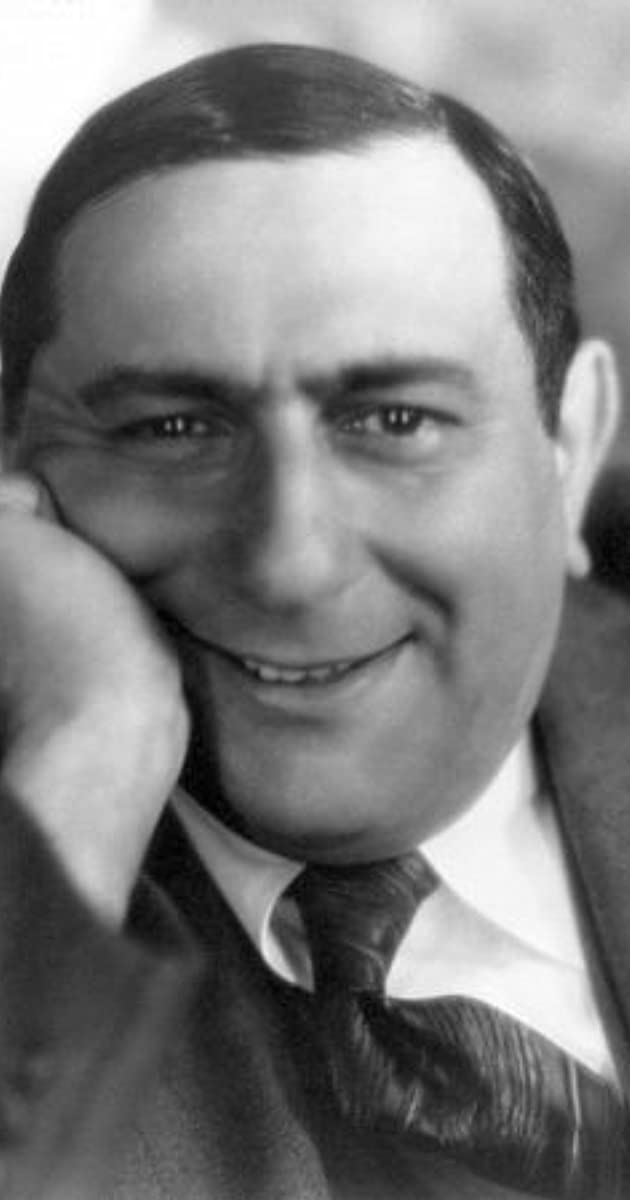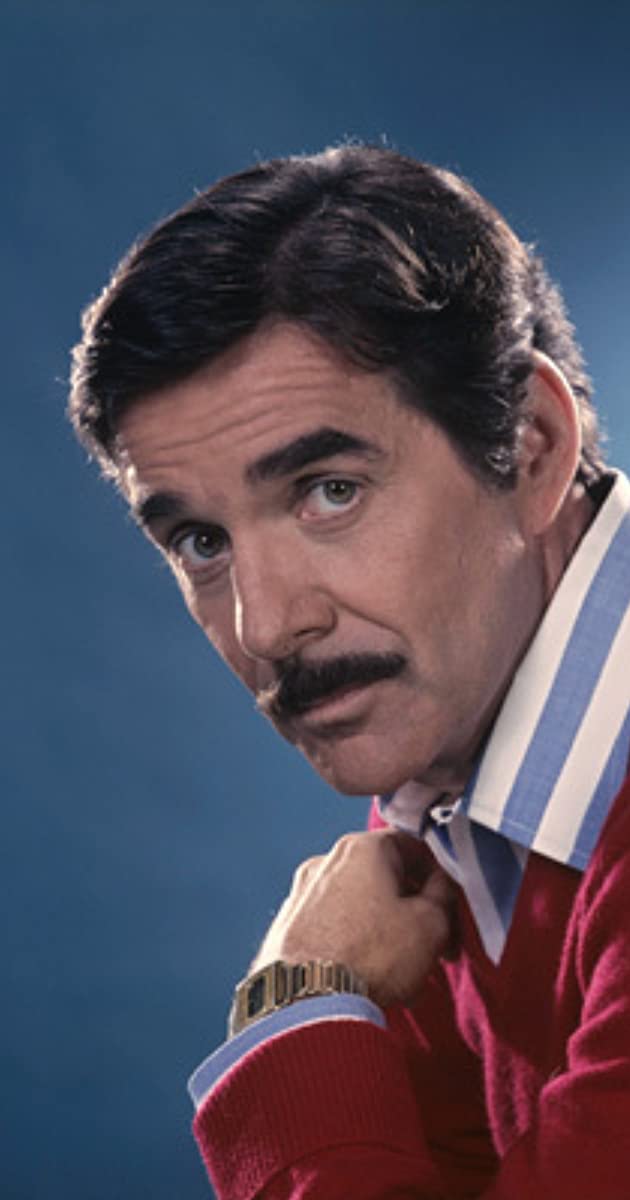
From Ernst Lubitsch’s experiences in Sophien Gymnasium (high school) theater, he decided to leave school at the age of 16 and pursue a career on the stage. He had to compromise with his father and keep the account books for the family tailor business while he acted in cabarets and music halls at night. In 1911 he joined the Deutsches Theater of famous director/producer/impresario Max Reinhardt, and was able to move up to leading acting roles in a short time. He took an extra job as a handyman while learning silent film acting at Berlin’s Bioscope film studios. The next year he launched his own film career by appearing in a series of comedies showcasing traditional ethnic Jewish slice-of-life fare. Finding great success in these character roles, Lubitsch turned to broader comedy, then beginning in 1914 started writing and directing his own films.
His breakthrough film came in 1918 with Die Augen der Mumie Ma (1918) (“The Eyes of the Mummy”), a tragedy starring future Hollywood star Pola Negri. Also that year he made Carmen (1918), again with Negri, a film that was commercially successful on the international level. His work already showed his genius for catching the eye as well as the ear in not only comedy but historical drama. The year 1919 found Lubitsch directing seven films, the two standouts being his lavish Madame DuBarry (1919) with two of his favorite actors–Negri (yet again) and Emil Jannings. His other standout was the witty parody of the American upper crust, The Oyster Princess (1919) (“The Oyster Princess”). This film was a perfect example of what became known as the Lubitsch style, or the “Lubitsch Touch”, as it became known–sophisticated humor combined with inspired staging that economically presented a visual synopsis of storyline, scenes and characters.
His success in Europe brought him to the shores of America to promote Das Weib des Pharao (1922) (“The Loves of Pharaoh”) and he become acquainted with the thriving US film industry. He soon returned to Europe, but came back to the US for good to direct new friend and influential star Mary Pickford in his first American hit, Rosita (1923). The Marriage Circle (1924) began Lubitsch’s unprecedented run of sophisticated films that mirrored the American scene (though always relocated to foreign or imaginary lands) and all its skewed panorama of the human condition. There was a smooth transition between his silent films for Warner Bros. and the sound movies–usually at Paramount–now embellished with the flow of speech of Hollywood’s greats lending personal nuances to continually heighten the popularity at the box office and the fame of Lubitsch’s first-rate versatility in crafting a smart film. There was a mix of pioneering musical films and some drama also through the 1930s. The of those films resulted in Paramount making him its production chief in 1935, so he could produce his own films and supervise production of others. In 1938 he signed a three-year contract with Twentieth Century-Fox.
Certainly two of his most beloved films near the end of his career dealt with the political landscape of the World War II era. He moved to MGM, where he directed Greta Garbo and Melvyn Douglas in Ninotchka (1939), a fast-paced comedy of “decadent” Westerners meeting Soviet “comrades” who were seeking more of life than the mother country could–or would–offer. During the war he directed perhaps his most beloved comedy–controversial to say the least, dark in a tongue-in-cheek sort of way–but certainly a razor-sharp tour de force in smart, precise dialog, staging and story: To Be or Not to Be (1942), produced by his own company, Romaine Film Corp. It was a biting satire of Nazi tyranny that also poked fun at Lubitsch’s own theater roots with the problems and bickering–but also the triumph–of a somewhat raggedy acting troupe in Warsaw during the Nazi occupation. Jack Benny’s perfect deadpan humor worked well with the zany vivaciousness of Carole Lombard, and a cast of veteran character actors from both Hollywood and Lubitsch’s native Germany provided all the chemistry needed to make this a classic comedy, as well as a fierce statement against the perpetrators of war. The most poignant scene was profoundly so, with Felix Bressart–another of Reinhardt’s students–as the only Jewish bit player in the company. His supreme hope is a chance to someday play Shylock. He gets his chance as part of a ruse in front of Adolf Hitler’s SS bodyguards. The famous soliloquy was a bold declaration to the world of the Axis’ brutal inhumanity to man, as in its treatment of and plans for the Jewry of Europe.
Lubitsch had a massive heart attack in 1943 after having signed a producer/director’s contract with 20th Century-Fox earlier that year, but completed Heaven Can Wait (1943). His continued efforts in film were severely stymied but he worked as he could. In late 1944 Otto Preminger, another disciple of Reinhardt’s Viennese theater work, took over the direction of A Royal Scandal (1945), with Lubitsch credited as nominal producer. March of 1947, the year of his passing, brought a special Academy Award (he was nominated three times) to the fading producer/director for his “25-year contribution to motion pictures.” At his funeral, two of his fellow directorial émigrés from Germany put his epitaph succinctly as they left. Billy Wilder noted, “No more Lubitsch.” William Wyler answered, “Worse than that – no more Lubitsch films.”


